
Gard: Six takeaways from Deepwater Horizon
Written by Nick Blenkey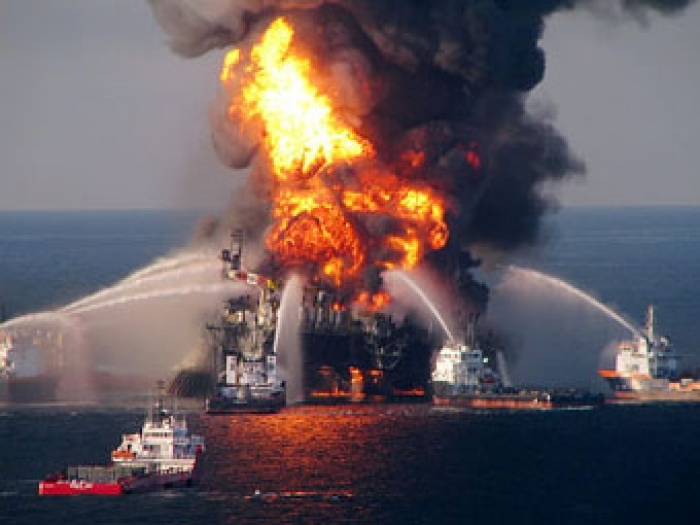
AUGUST 3, 2015 — Arendal, Norway, headquartered P&I club Gard notes that last month’s settlement by BP brings to an end the outstanding major claim elements of Deepwater Horizon case.The current estimate is that claims and costs will have cost BP and Transocean in excess of 70 billion in the end. A Gard Insight sees six important lessons emerging from the 2010 incident and ensuing litigation during the last five years.
According to Gard, the top six takeaway points are:
1) Meaning of Additional Insured in drilling contracts — the $750 million question: The Texas Supreme Court held that the language in the underlying drilling contract clearly limited BP’s coverage under the Transocean insurance policy to those liabilities assumed by Transocean, namely above surface pollution risks —not the wellhead leakage. Therefore, BP did not have the benefit of Transocean’s insurance policy. As a result of this decision, many insurance policies now contain updated Additional Insured endorsements, expressly limiting the scope of coverage to the limits and breadths of liabilities contained in the underlying commercial contract.
2) BP is stuck with the original settlement terms it established: After the incident, BP set up a claims office and settlement scheme for third party claimants, including qualification standards for claimants to gain access to settlement monies. BP later complained to the Federal Court in New Orleans about the application of those standards and the court issued an accounting policy which resulted in a stricter standard. Later, BP sought further modification of the settlement standards relating to causation, however the Fifth Circuit Court of Appeals held that BP must stand by the terms it set, and the U.S. Supreme Court refused to hear any further appeal. The lesson here is that once a set of voluntary settlement terms are established, the drafter of those terms will most likely be stuck with them.
3) The Limitation of Liability Act of 1851 — an unsuccessful bid by Transocean: One of the earliest court applications in the litigation was an action by Transocean in the Federal District Court in Houston, to limit its total liability to the pending value of the drilling contract, stated to be $26,764,083. If this had worked, Transocean would have been liable for a small fraction of what was ultimately found to be its liability. The Federal District Court ruled that Transocean could not rely on the Limitation of LiabilityAct on the basis that Transocean had privity and knowledge of unseaworthy and negligent decisions that lead to the explosion.
4) Standard of care test clarified: The United States District Court for the Eastern District of Louisiana recognized and elaborated on the concept of a greater degree of care is required when the circumstances present a greater apparent risk. In assessing the standard of care required of BP the following factors were taken into consideration:
General risks associated with offshore drilling
Blowout, explosion and oil spill are potential harms associated with offshore drilling and the potential harm is great in severity.
Specific risks applicable to the Macondo well
Deep water: the Macondo well was drilled in deep water, which involves greater complexities not found in shallower waters or onshore.
Geological formation: the high pressure and high temperature characteristics of the geology of the site presented additional complications not present in all deep water wells.
These factors increased the chance that a blowout, explosion and oil spill would occur, which in turn further raised the standard of care. The court emphasized however that the increased standard of care does not mean that every unreasonable act or decision is automatically treated as gross negligence.
5) Gross negligence versus willful misconduct: While the State and BP disagreed on the meaning of gross negligence, they effectively agreed on the definition of willful misconduct under the Clean Water Act (CWA). In summary, it involves a culpable state of mind (subjective element), which might take the form of:an actual intent to cause injury, o ra reckless disregard of the probable consequences.
As for gross negligence, the United States District Court for the Eastern District of Louisiana did not have to determine the meaning of this term as BP was found liable for acting recklessly, which amounted to willful misconduct. However, the inclination of the court was to define gross negligence as an extreme departure from the required standard of care (objective element), without the need to prove the subjective element (which is notoriously difficult). This arguably suggests that the higher maximum penalties under the CWA are now more accessible.
6) BP liable for employee’s misconduct:The United States District Court for the Eastern District of Louisiana concluded that the CWA does not require that the discharge of oil resulted through the misconduct within the privity and knowledge of the owner, operator, person in charge etc. In fact, this requirement has been deliberately removed from the current version of the CWA. Therefore, it is no longer necessary to show that the misconduct was committed or authorized by an employee of a certain rank or an agent with the requisite level of authority.
This removes a significant hurdle for the State to accessing higher maximum penalties from owners and operators. From the industry’s perspective, knowing that an ordinary employee’s gross negligence or wilful misconduct might present a difference between 3 and 12 billion dollars in fines, might likely present a cause of concern.
It is no surprise, says Gard, that the Deepwater Horizon incident generated important legal rulings in the areas of insurance, marine casualty liability and pollution claims handling. But the relative speed of the legal rulings and conclusion of issues via settlement are interesting to compare to the previous supermajor U.S. marine oil pollution incident, the Exxon Valdez. It took more than 20 years to arrive at the same status compared to the five or so years of the Deepwater Horizon. Why is that so? It is hard to pinpoint the causative differences — attitude of the parties, pressures of multiple state governments, class action plaintiffs’ counsel, more intense media pressure and attention, the rise of social media, change in public attitudes — but it is clear the final chapters of this case will soon be written, and may offer further legal and practical insights into the handling of future marine casualties.

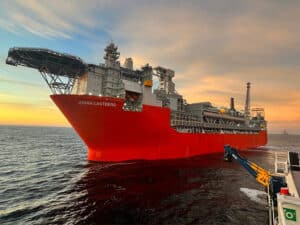
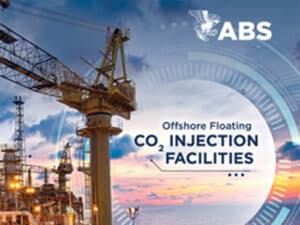
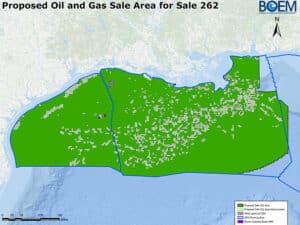
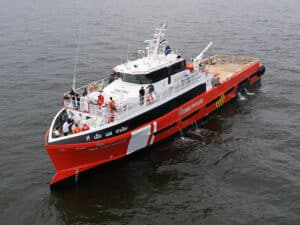
Leave a Reply
You must be logged in to post a comment.